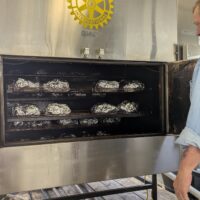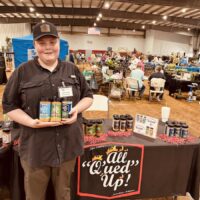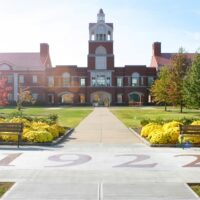This week brought a reliable marker of summer’s arrival. Lightning bugs are blinking in my back yard.
The fact that I call them lightning bugs says more about me than about them. It means I live in the South or Midwest. In other areas of the United States, firefly is the more common name.
Regardless of where we live and what we call them, I believe that most of us fell a tug from our childhood when we see the first lawn blink of the season.

My earliest memory of lightning bugs is from the summer after second grade when I took a trip to Fairmont, West Virginia, to visit my grandparents. I swear no other yard ever produced so many lightning bugs. The glow was like a blanket just above the blades of grass, stretching from the patio all the way to the far edge of the back lawn.
Concerned that we might trip and fall with a glass jar (the preferred vessel for trapping lightning bugs), my grandmother gave me and my cousins large coffee cans. She cut slits in the lids and sent us out the back door.
To this day, the scent of stale coffee reminds me of warm nights running through my grandparents’ lawn to scoop up lightning bugs.
Did you know there are approximately 2,000 different species of lightning bugs. Technically, they are beetles. The scientific name is Lampyridae.
Lightning bugs are not endangered but scientists believe their numbers are declining. According to National Geographic, three factors diminish lightning bug numbers — pesticides, loss of habitat and light pollution.
Light pollution is a problem because it interferes with the ways the bugs light up to communicate with each other.
Lightning bugs are generally no more than one inch long and produce flashes of light on the underside of the abdomen. This phenomenon is called bioluminescence.
A lightning bug’s lifespan is short — about 60 days.
In an old coffee can, it was surely a very brief life.
Jennifer P. Brown is co-founder, publisher and editor of Hoptown Chronicle. You can reach her at editor@hoptownchronicle.org. Brown was a reporter and editor at the Kentucky New Era, where she worked for 30 years. She is a co-chair of the national advisory board to the Institute for Rural Journalism and Community Issues, governing board past president for the Kentucky Historical Society, and co-founder of the Kentucky Open Government Coalition. She serves on the Hopkinsville History Foundation's board.





